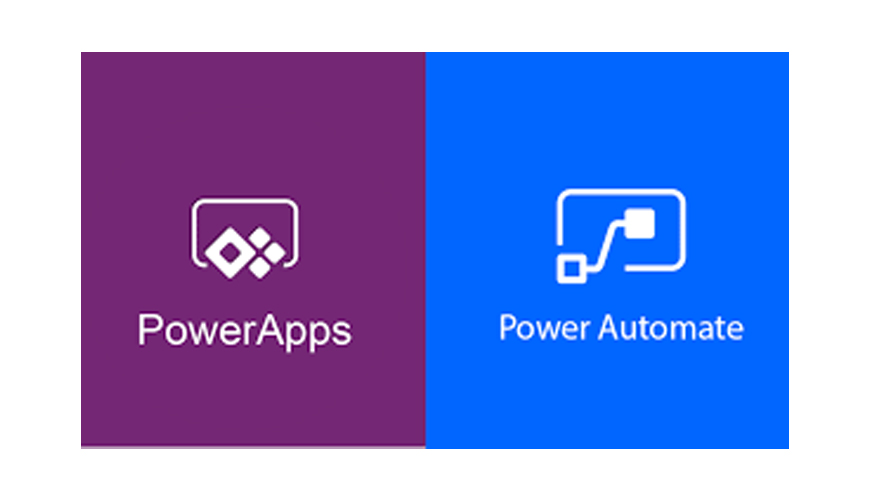Data is the foundation of any successful data science or machine learning project. However, raw data is rarely pristine; it often contains errors, inconsistencies, and missing values that can hinder analysis and modeling. This article explores the crucial process of data cleaning and preprocessing, which is essential for ensuring data quality and reliability in any data-driven endeavor.
The Importance of Data Cleaning and Preprocessing
Data cleaning and preprocessing are critical steps in the data science workflow. They serve several key purposes:
1. Error Detection and Correction
Raw data can contain various errors, including typos, inaccuracies, and outliers. Data cleaning helps identify and correct these errors to prevent them from influencing analysis or modeling.
2. Consistency
Inconsistent data formats, units, or labeling can lead to confusion and errors in analysis. Preprocessing ensures that data is consistent and conforms to a standardized format.
3. Missing Data Handling
Missing data is a common issue in real-world datasets. Preprocessing involves strategies to handle missing values, such as imputation or exclusion, to avoid biased results.
4. Feature Engineering
Feature engineering is the process of selecting, creating, or transforming features (variables) to improve the performance of machine learning models. This often requires preprocessing steps to generate meaningful features.
Steps in Data Cleaning and Preprocessing
Effective data cleaning and preprocessing involve a series of well-defined steps:
1. Data Collection
The first step is to gather the raw data from various sources. This data can come from databases, APIs, web scraping, or sensor networks.
2. Data Inspection
Inspect the data to get a sense of its structure and quality. Look for missing values, outliers, and inconsistencies. Visualization tools can be helpful in this stage.
3. Handling Missing Data
Decide how to handle missing data. Common strategies include imputation (replacing missing values with estimates) or excluding rows or columns with too many missing values.
4. Data Transformation
Transform the data to make it suitable for analysis or modeling. This can include scaling numerical features, encoding categorical variables, and creating new features through feature engineering.
5. Dealing with Outliers
Identify and handle outliers, which can skew statistical analysis and modeling results. Techniques like trimming, winsorization, or robust statistical methods can be employed.
6. Data Standardization
Standardize data to ensure consistency. This involves converting units, formats, and scales to a common standard, making data from different sources compatible.
7. Normalization
Normalize data to scale numerical features to a similar range, preventing features with large values from dominating the analysis.
8. Encoding Categorical Data
Machine learning models require numerical input. Categorical data, such as gender or product categories, needs to be encoded into numerical form using techniques like one-hot encoding or label encoding.
9. Feature Scaling
Ensure that numerical features are on a similar scale to prevent certain features from having a disproportionate impact on the analysis. Common scaling techniques include Min-Max scaling and Z-score normalization.
10. Data Splitting
Before analysis or modeling, it’s common to split the data into training, validation, and testing sets to evaluate the model’s performance accurately.
11. Documentation
Document the preprocessing steps thoroughly. This documentation is essential for reproducibility and for explaining the data processing choices made during analysis.
Tools and Libraries for Data Cleaning and Preprocessing
Several tools and libraries can streamline the data cleaning and preprocessing process:
-
Python Libraries: Python offers powerful libraries like Pandas, NumPy, and Scikit-Learn for data manipulation, cleaning, and preprocessing.
-
OpenRefine: This open-source tool provides a graphical interface for data cleaning and transformation tasks.
-
Trifacta: Trifacta is a data preparation platform designed to facilitate data cleaning and preprocessing tasks at scale.
-
Excel: Excel’s data manipulation features can be useful for small-scale data cleaning and basic preprocessing tasks.
Conclusion
data cleaning and preprocessing are foundational steps in the data science and machine learning pipelines. Neglecting these crucial steps can lead to inaccurate results, biased models, and erroneous conclusions. By investing time and effort in /data cleaning and preprocessing, data scientists and analysts ensure that their analyses and models are built on a solid foundation of high-quality data, a fundamental principle emphasized in the best data science course in Kurukshetra, Delhi, Noida and all cities in India.
In a data-driven world, where decision-making relies on the insights extracted from data, data quality is paramount. Data cleaning and preprocessing are not just technical tasks; they are essential processes that underpin the integrity and reliability of data-driven insights and the success of data science projects. Whether you’re a seasoned data professional or just beginning your data science journey, mastering these processes is a key step toward becoming proficient in this transformative field.





